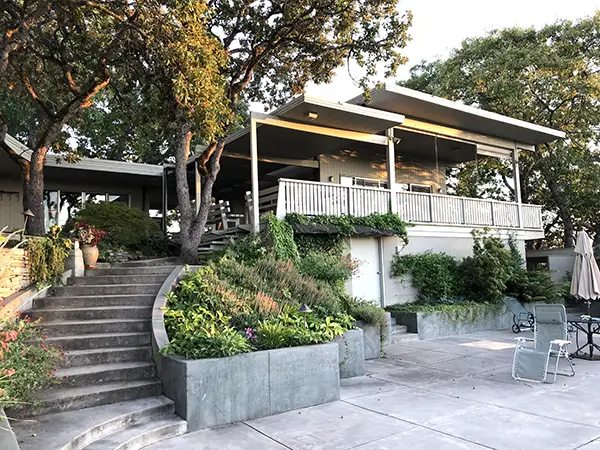
This 1961 house by German architect Alexander Diepenbrock was about to be taken off the market when current homeowner Ed Polish and his wife Ginny stumbled upon the gorgeous home in Medford, Oregon.
Resting in complete isolation within two acres on a hill, the expansive one-level construction embodies the original midcentury style with a fusion of American and Asian extracts. Today, Ed shares his unique home and appreciation for midcentury design.
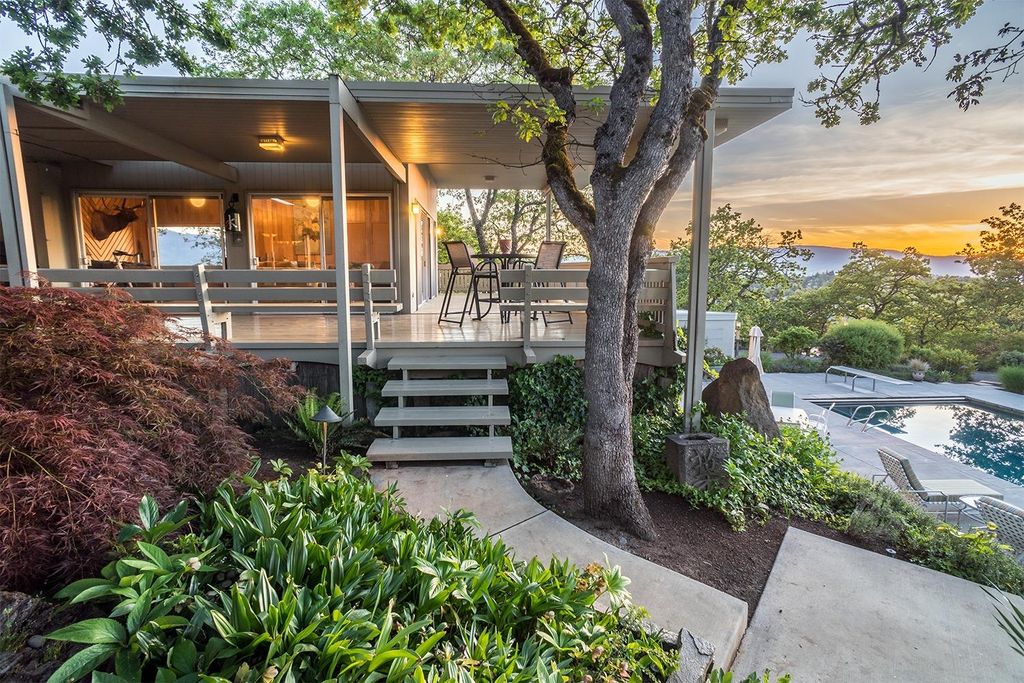
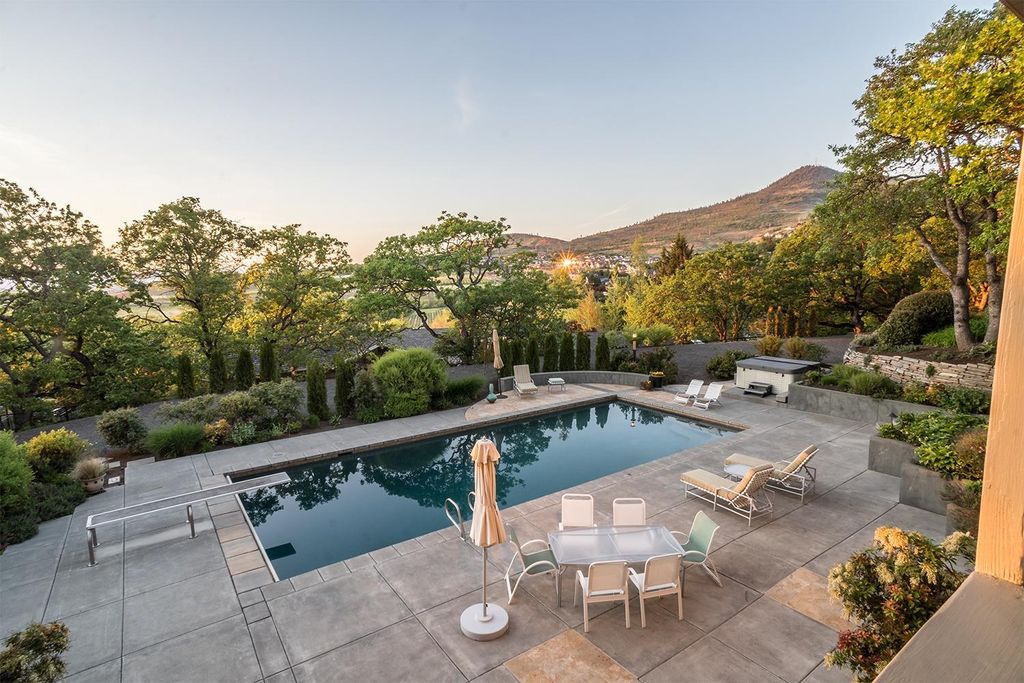
First of all, could you tell us a little bit about your background?
Since 1980, Ephemera, Inc. has been my business. We specialize in using retro-style images with modern humor on magnets, buttons, stickers. Our designs are also licensed for calendars, books, mugs, cards, coasters, socks, napkins, etc.
How did you come to live in your house and what drew you to the mid-century style?
Pure luck. My wife, Ginny, and I were looking at houses around Ashland, Oregon, and most were horrible, pretentious McMansions. Then we saw our house nearby in Medford, Oregon, where there is not a lot of appreciation for midcentury style.
It had been on the market for a while and the owners were about to take it off the market when we came along. I’ve always been into the midcentury style, which I use in my Ephemera designs, and I never imagined I’d be able to live in such a perfectly preserved museum piece.
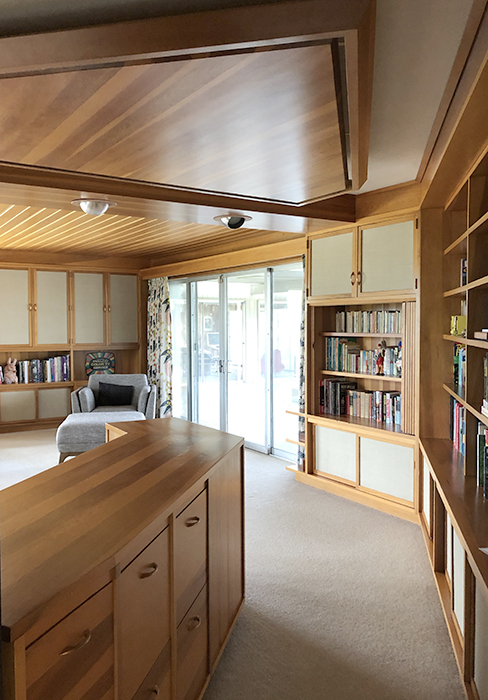
What do you think was so special about this period in American design?
Midcentury is special because it’s very pure and simple. I’m aware that design appreciation falls in and out of fashion. There was a time that everyone was collecting colonial and then deco was super hot. It’s anybody’s guess what people will think is so special next. I’d guess that Liberace’s style will be super hot.
What do you know about the architect who designed your house?
The house was built in 1961 based on plans by Alexander Diepenbrock, a German emigree architect who ended up in Medford, Oregon after WWII. Not much is known about him. I do have many of the original architectural drawings. He worked closely with the original owners, Mr. & Mrs E. Loveness. They owned Oregon lumber mills and wood from the mills was used to build the house.
They wanted the house to have a modern American and “Oriental” flavor. Thus there’s Asian landscaping and Japanese shoji screens throughout the house. All are still there along with the original industrial grade sliding glass door/windows made by Miller Glass of California.
I’ve learned that shoji screens were the main influence on making sliding glass doors which is a major part of midcentury design. The house was planned to the contour of the hilltop to fit around the existing trees. There are few right angles in the house.
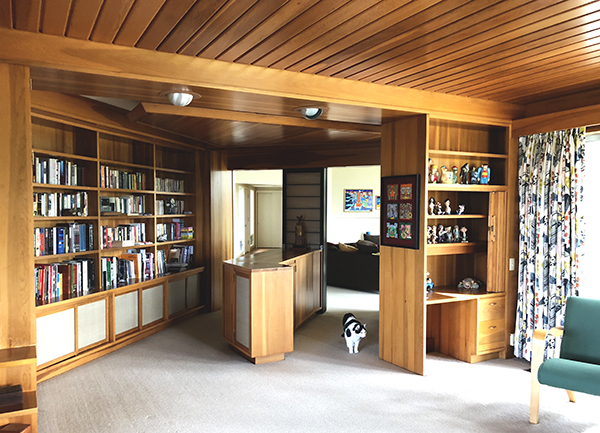
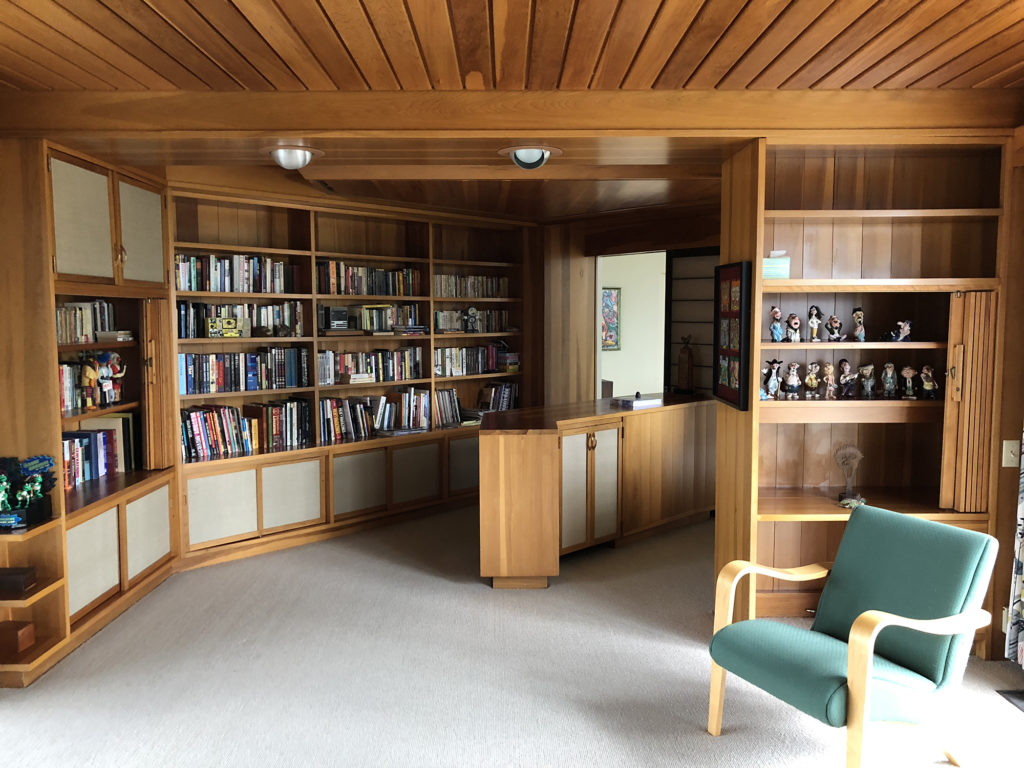
Have you had to renovate any part of the house? If so, which area(s)?
No. We are the third owners. The second owners updated the kitchen and bathrooms without changing the original style. All the custom cabinets are original. I also own a 1964 Studebaker Gran Turismo Hawk. It is also in unrestored original condition with only 38,000 miles on it. I’ve learned it’s always better to get something that is unrestored in the best condition possible. I am also aware how rare that is.
What do you know about the architect who designed your house?
The house was built in 1961 based on plans by Alexander Diepenbrock, a German emigree architect who ended up in Medford, Oregon after WWII. Not much is known about him. I do have many of the original architectural drawings.
He worked closely with the original owners, Mr. & Mrs E. Loveness. They owned Oregon lumber mills and wood from the mills was used to build the house. They wanted the house to have a modern American and “Oriental” flavor. Thus there’s Asian landscaping and Japanese shoji screens throughout the house.
All are still there along with the original industrial grade sliding glass door/windows made by Miller Glass of California. I’ve learned that shoji screens were the main influence on making sliding glass doors which is a major part of midcentury design. The house was planned to the contour of the hilltop to fit around the existing trees.There are few right angles in the house.
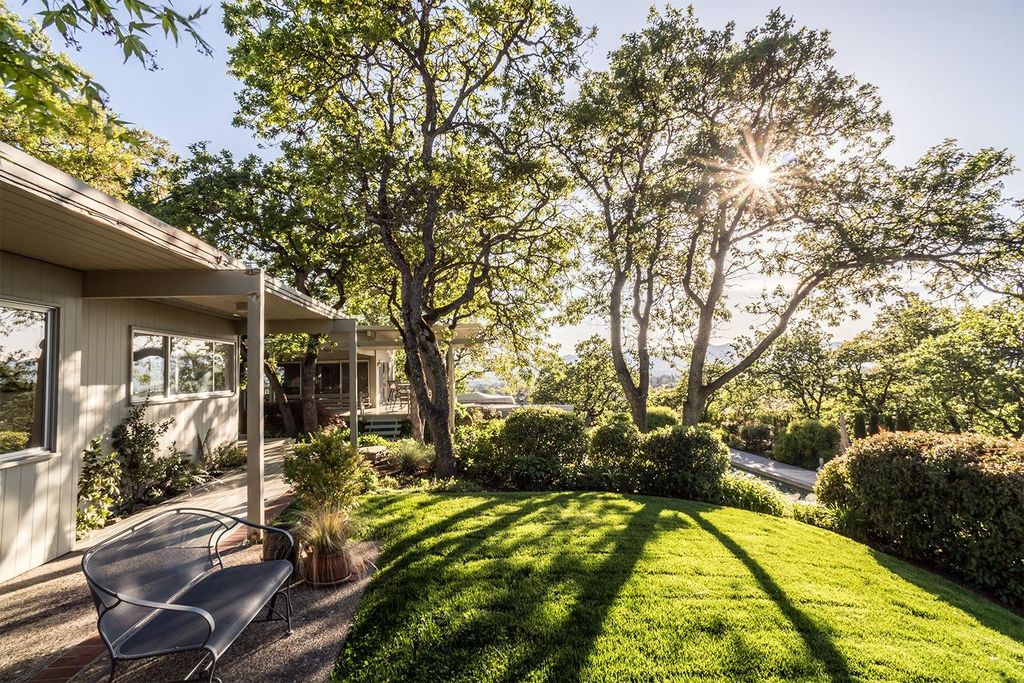
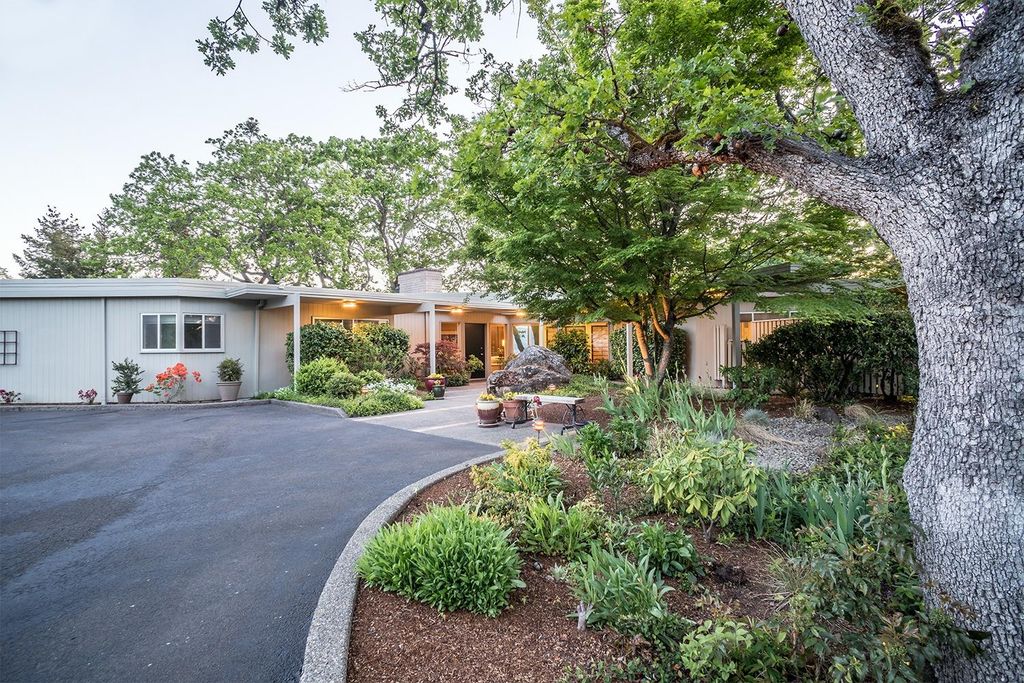
Do you feel a certain sense of responsibility when living in a house designed by such a famous architect?
Yes! Although not much is known about Diepenbrock, we know how rare our house is. When people come over they are shocked. You cannot see the house from the road. We are on 2 acres on a hill. You cannot see any neighbors.
Have you had to renovate any part of the house? If so, which area(s)?
No. We are the third owners. The second owners updated the kitchen and bathrooms without changing the original style. All the custom cabinets are original. I also own a 1964 Studebaker Gran Turismo Hawk. It is also in unrestored original condition with only 38,000 miles on it. I’ve learned it’s always better to get something that is unrestored in the best condition possible. I am also aware how rare that is.
Was it difficult to find the right contractor for the renovation? What type of professional were you looking for?
The updates were done by the second owners who worked with an architect who knows and respects midcentury style.
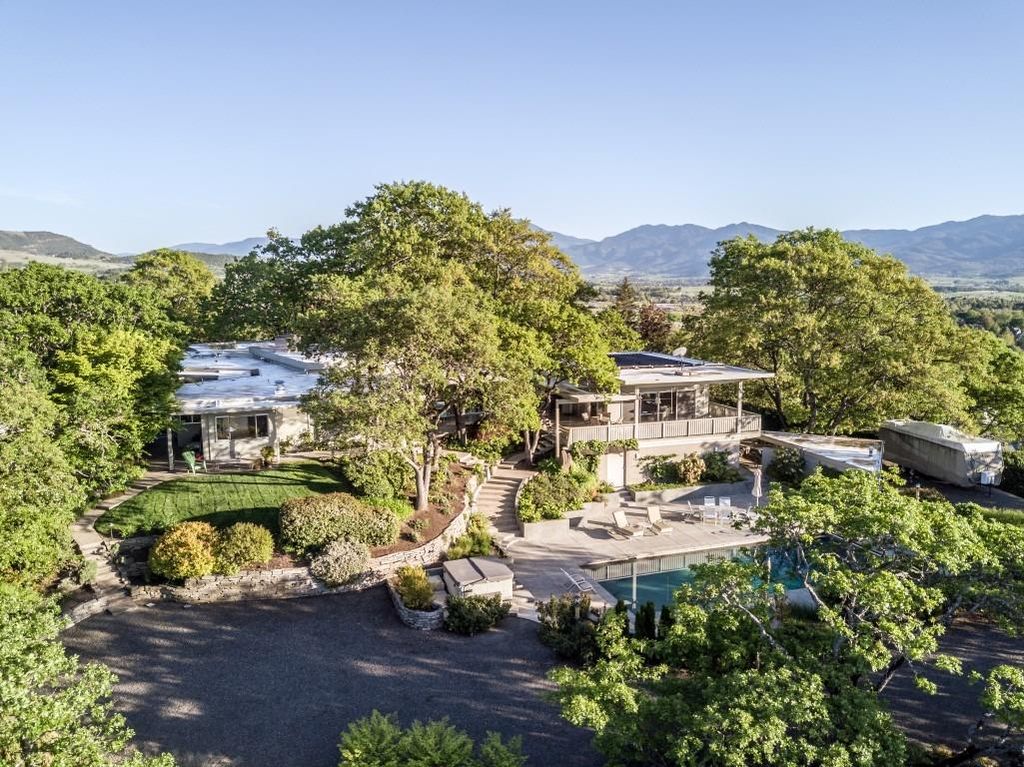
What are the advantages/struggles of living in a midcentury house?
All advantages, no struggles. It’s all on one level, except for the stairs to the pool.
What’s your favourite part of the house and why?
Every room has its own character with mostly irregular angles so the house would fit around the existing trees.
Do you have any tips for people interested in buying a midcentury house today? What should they pay attention to and why?
Get one in as close to the original condition as possible. I know that might be difficult. We were very lucky. After we got the house, we enjoyed finding appropriate furnishing. Of course there’s lots on the internet. There’s plenty of reproductions, but the original vintage pieces have more character and in many cases, are less expensive.